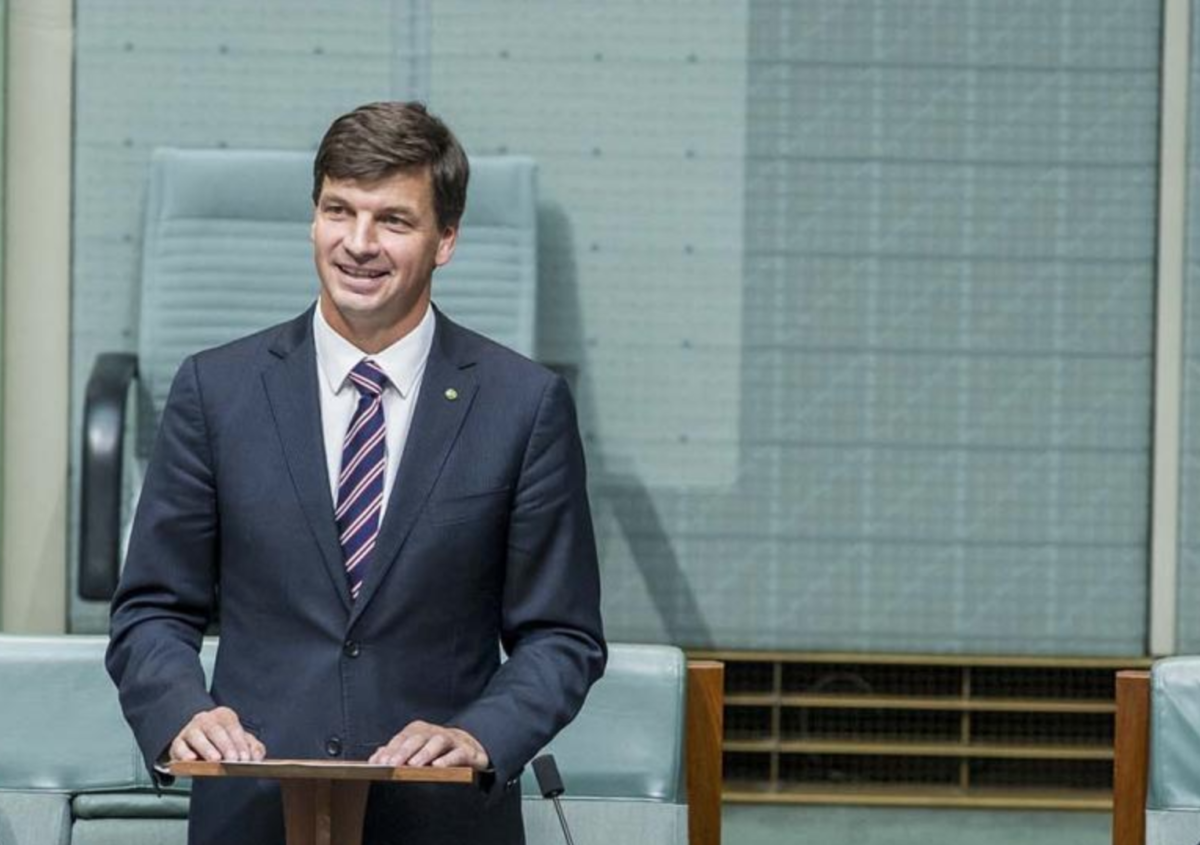On Saturday, Angus Taylor, Australia’s Federal Minister for Energy and Emissions Reduction, announced $6 million in funding to study the feasibility of two new proposed electricity generation projects — a 1 GW high-efficiency, low-emissions (HELE) coal plant, and 1.5 GW of pumped hydro storage — in Queensland.
A further allocation of up to $1.5 million was made towards joint Federal and Queensland State plans to electrify liquid natural gas processing on Queensland’s Curtis Island, a project which has been touted as a means to releasing up to 12 petajoules of natural gas for Australia’s domestic market.
So far, that adds up to $7.5 million of the $10 million Supporting Reliable Energy Infrastructure (SREI) program, announced in March 2019, prior to the Federal election and intended to connect “Australia’s largest energy users with price-competitive generation”.
Taylor’s office confirmed with pv magazine today that the SREI program was specifically intended to investigate the feasibility of projects in Central and Far North Queensland, and that the remaining $2.5 million will be allocated “at a later date”.
In his media statement, released jointly with MPs Michael McCormack (Minister for Infrastructure, Transport and Regional Development), Keith Pitt (Minister for Resources, Water and Northern Australia) and Michelle Landry (Assistant Minister for Northern Australia), Taylor said an “independent study has identified system strength as a real concern in central and north Queensland, and new synchronous generation is a priority to meet the energy needs of customers in the region”.
Coal comfort
Presumably the feasibility study into the Indigenous-owned Shine Energy proposal for a new HELE coal plant in Collinsville will identify its true cost competitiveness in a market in which solar generation firmed by storage has already been identified as cheaper than coal generation.
Writing in WA Today, on the weekend in response to the funding allocations, Dr Matt Edwards a photovoltaic scientist at the University of New South Wales and a director of the Coalition for Conservation, confirmed, “With all subsidies taken out, solar PV and wind wipe the floor with gas, coal and nuclear.”
He said, the “levelised cost of solar and wind is about $50 per megawatt hour, half that of gas and coal’s $100 per megawatt hour even without a carbon price.” And “Solar plus storage is now also cheaper than coal, and getting cheaper.”
The Australian Energy Market Operator (AEMO), which is tasked with finding the lowest-cost path to reliable, low-carbon electricity generation for Australia’s National Energy Market has also already identified a “portfolio” of wind and solar, storage, gas-powered generation, upgraded network resources and demand management as the combination that best fulfils its remit.
The $2 million allocated for a feasibility study into Renewable Energy Partners’ proposed 1.5 GW (1 GW with seven hours’ storage capacity; 500 MW with longer capacity) pumped-hydro plant seems likely to be better spent.
Battery of the north
Taylor’s announcement of the funding allocations fails to mention that the hydro plant is proposed as part of a $5 billion renewable-energy hub combining its pumped-hydro storage capacity with 1.3 GW of solar generation, 500 MW of wind, and the potential for integration of a 200 MW electrolyser, to produce green hydrogen.
He does mention that the project is also being developed in conjunction with the proposed Urannah Water Scheme.
A more than 1.5-megalitre dam development proposed for the Collinsville, Proserpine and Mackay region in Queensland, the scheme is intended to deliver water for urban use, a 22,500 hectare agricultural precinct, and industry including coking coal producers in the region.
Chief Executive of Renewable Energy Partners, Luke McDonald, this morning told the Australian Financial Review that he expects the Urannah Renewable Energy Hub to be competitive with coal-fired power when it fires up in 2027.
Although McDonald played down the idea that Queensland will choose between the renewable hub and the proposed HELE coal-fired plant, financiers would likely be on the side of renewables, with investors largely shunning new coal, and major insurers such as QBE also refusing to insure coal generation.
When asked about the possibilities for likely electricity generation needed to power Curtis Island LNG plants, Taylor’s office told pv magazine that “The allocation of $1.5 million will support technical analysis and business case developments” for the mooted electrification, and that “feasibility work with the Queensland Government will look at transmission and generation needs including the potential for more renewable generation”.
This content is protected by copyright and may not be reused. If you want to cooperate with us and would like to reuse some of our content, please contact: editors@pv-magazine.com.









3 comments
By submitting this form you agree to pv magazine using your data for the purposes of publishing your comment.
Your personal data will only be disclosed or otherwise transmitted to third parties for the purposes of spam filtering or if this is necessary for technical maintenance of the website. Any other transfer to third parties will not take place unless this is justified on the basis of applicable data protection regulations or if pv magazine is legally obliged to do so.
You may revoke this consent at any time with effect for the future, in which case your personal data will be deleted immediately. Otherwise, your data will be deleted if pv magazine has processed your request or the purpose of data storage is fulfilled.
Further information on data privacy can be found in our Data Protection Policy.